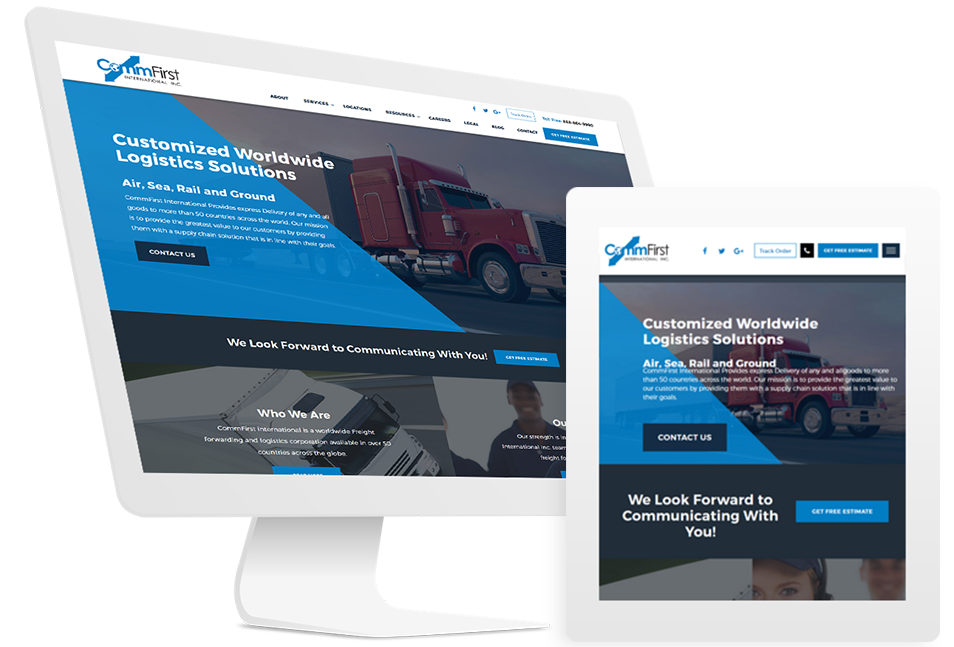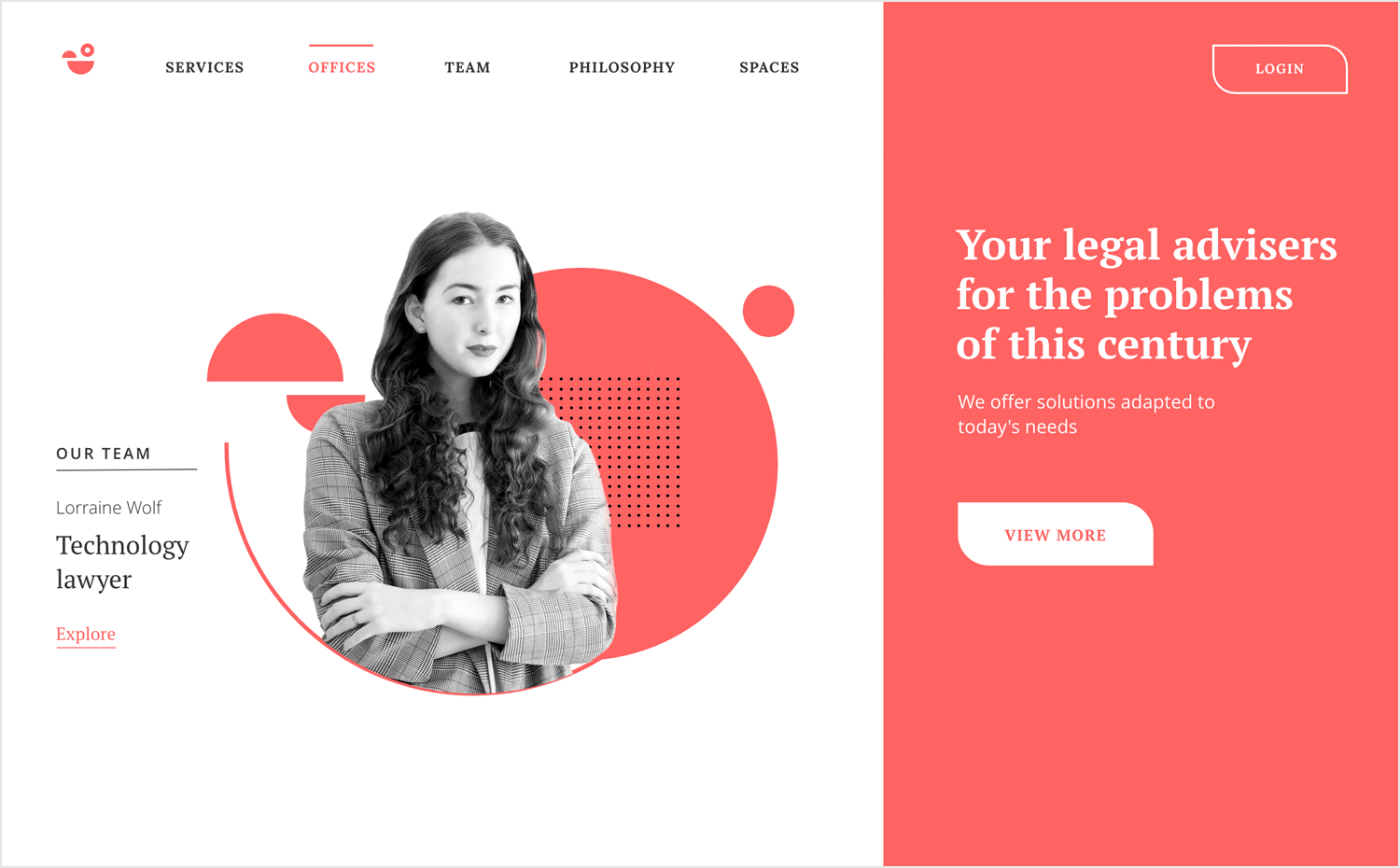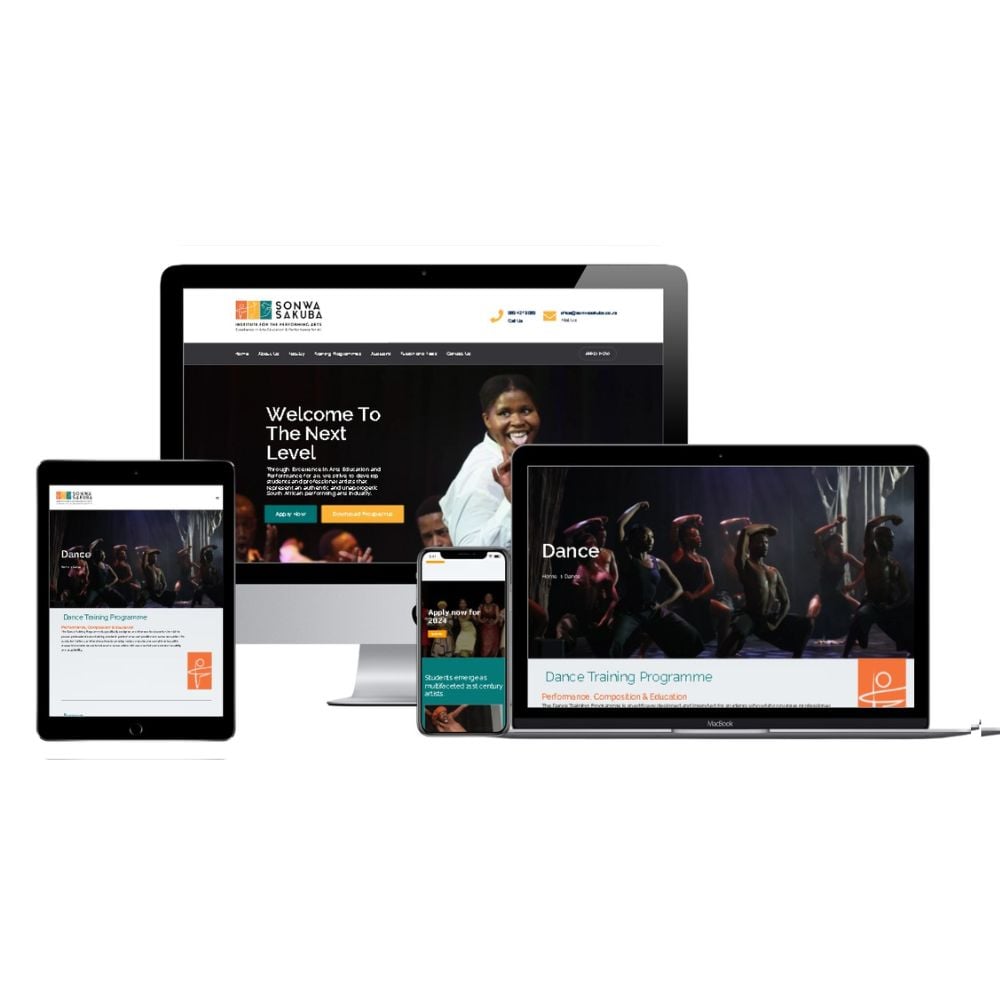Leading Tips for Producing an Impactful Site Style That Converts
In today's digital landscape, the importance of an impactful internet site style can not be overemphasized, specifically when it comes to transforming visitors right into consumers. To achieve this, one must consider a variety of elements, including understanding the target market, prioritizing user experience, and maximizing for mobile systems. The tactical use of compelling call-to-actions and a well-defined aesthetic power structure plays a critical function in guiding individuals via their journey. As we check out these important components, it comes to be evident that the success of your internet site depends upon even more than just visual appeal; it requires a thoughtful technique to style and functionality.

Understand Your Target Audience
Recognizing your target market is fundamental to reliable web site layout, as it lays the groundwork for developing an appealing user experience. Identifying who your users are, including their demographics, preferences, and actions, makes it possible for designers to customize the site's web content, format, and functionality to satisfy specific needs.
Performing thorough marketing research is crucial in this procedure. Surveys, interviews, and analytics can supply valuable insights into user assumptions and pain factors. By compiling this data, designers can develop user personalities that represent different sections of the audience, ensuring that layout decisions are notified and pertinent.
Furthermore, understanding the target market helps in selecting suitable layout aspects such as color pattern, typography, and imagery that resonate with customers. A site that talks directly to its target market cultivates a sense of link and trust, motivating longer sees and higher conversion rates.
Inevitably, a user-centered method to internet site layout not just boosts user satisfaction but also sustains service goals by driving involvement and loyalty. By prioritizing the needs and choices of the target market, an internet site can effectively serve its function and attain preferred end results.
Prioritize User Experience
To improve the total performance of a site, focusing on customer experience (UX) is essential (Website Design). A properly designed UX makes certain that site visitors can navigate the site easily, find info quickly, and involve with material meaningfully. This brings about enhanced user contentment and greater conversion rates
Begin by implementing intuitive navigation. Menus ought to be practically structured, allowing customers to find essential areas of the site with very little initiative. Consistency in layout components, such as color systems and font styles, cultivates knowledge, which is vital for maintaining customer interaction.
In addition, think about the packing rate of your web site. A delay of simply a couple of secs can cause significant drop-offs, as individuals are much less likely to wait on a slow-loading web page. Improving photos and maximizing code can enhance efficiency and preserve site visitors.
By prioritizing individual experience, you not only develop an extra pleasurable environment for visitors but also enhance your brand name's reliability. Inevitably, an emphasis on UX is click an investment in the long-lasting success of your site.
Maximize for Mobile Gadgets
Optimizing for mobile devices is crucial in today's electronic landscape, where a boosting variety of users accessibility internet sites via mobile phones and tablets. A mobile-friendly design not just enhances user experience yet also plays a considerable duty in improving online search engine positions. To accomplish this, it is vital to adopt a responsive style that immediately adapts to different screen sizes and positionings.

Packing speed is an additional critical aspect; mobile individuals are generally less individual and anticipate rapid accessibility to information. Maximize photos and take advantage of browser caching to enhance performance. Lastly, test your internet site on several gadgets and screen resolutions to determine and fix any type of prospective use problems. By prioritizing mobile optimization, you guarantee that your web site remains competitive and effectively involves a broader target market.
Usage Engaging Call-to-Actions
An internet site's effectiveness typically pivots on its ability to guide site visitors toward wanted actions, making engaging call-to-actions (CTAs) essential parts of design. CTAs work as the pivotal points that guide users to engage with the site, whether that means making an acquisition, registering for an e-newsletter, or downloading a resource.
To create efficient CTAs, clearness is critical. Use succinct language that clearly communicates the activity you want the individual to take. Phrases such as "Get Begun," "Join Free," or "Shop Now" not just convey urgency but likewise eliminate obscurity. The positioning of CTAs is equally vital; they must be strategically positioned throughout the web page to guarantee they are easily noticeable, particularly in high-traffic areas.
Furthermore, take into consideration utilizing directional cues, such as arrows or images, to lead customers toward these switches. By concentrating on these components, businesses can considerably boost individual involvement, driving conversions and eventually achieving their web site's objectives.
Focus on Visual Power Structure
Efficient internet site design relies greatly on a well-structured aesthetic pecking order that overviews customers through material seamlessly. By organizing aspects in a way that focuses on information, developers can boost customer experience and assist in decision-making. This involves using dimension, shade, contrast, and spacing purposefully to draw interest to one of the most crucial parts of a web page.
Making use of larger font styles for headings and subheadings develops a clear difference in between various areas, allowing individuals to scan material effortlessly. Furthermore, utilizing different shades for buttons and calls-to-action can catch individual focus and encourage interaction. Whitespace is an additional important element; it stops mess and enables customers to focus on key messages without interruptions.
Pictures and graphics need to match the message while likewise sticking to the well-known power structure, strengthening the general message (Website Design). Uniformity in style aspects, such as color design and typography, additional reinforces the aesthetic pecking This Site order, making navigating intuitive

Verdict
In final thought, efficient site layout requires a comprehensive understanding of the target audience, prioritization of customer experience, and mobile optimization. Inevitably, a well-executed web site design offers as a crucial part in driving individual actions and attaining service purposes.